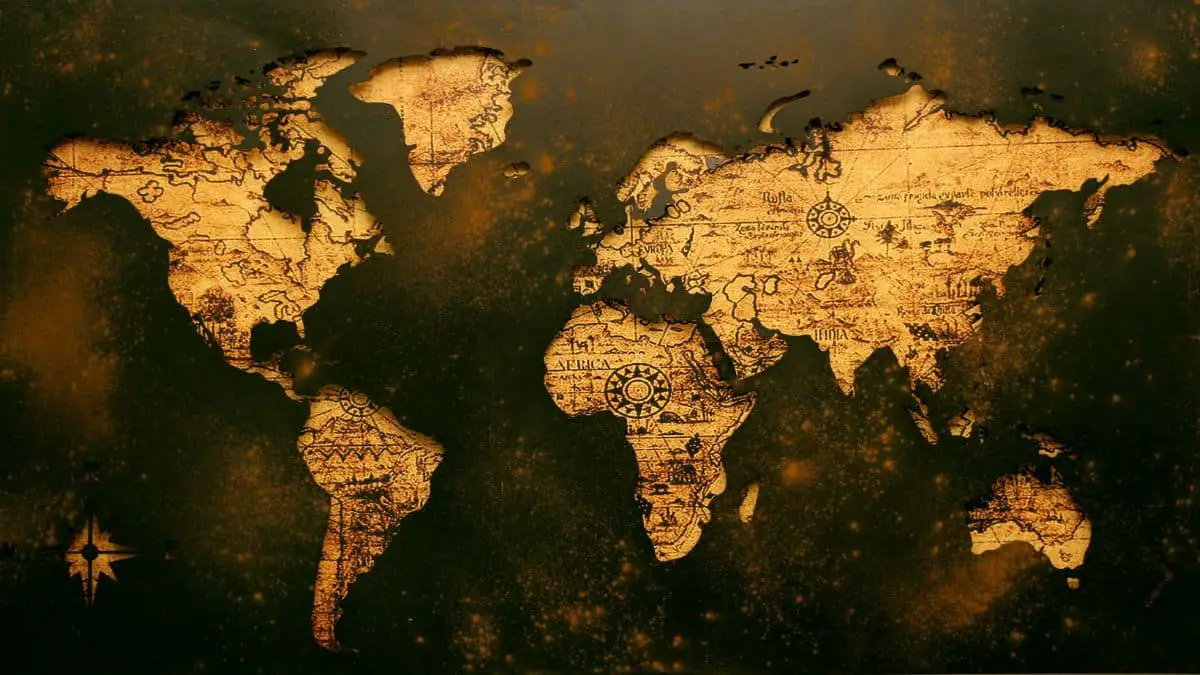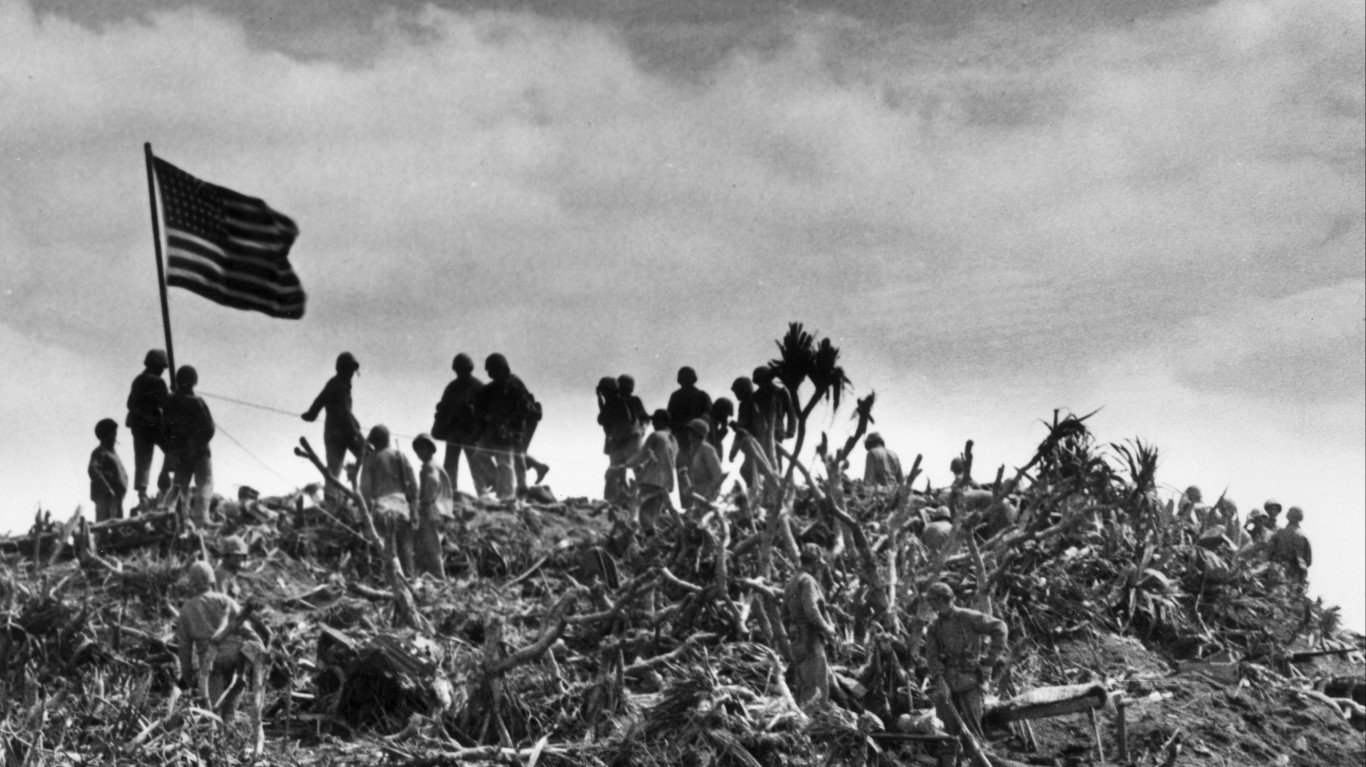There’s a certain satisfaction in being completely perplexed. It’s one of the reasons some of us travel: to be perplexed, surprised, or shocked. Looking around at our foreign surroundings and having no idea what’s going on.
This strangeness that you notice while driving takes various forms. It can be cultural quirks or unique attractions; it can be natural or man-made; and in some cases, it can be a complete mystery even to those who claim it as their own. These places are truly bizarre, and they are well worth seeing for yourself.
10. Mount Roraima

Mount Roraima is the highest peak in South America’s Pakaraima chain of tepuis (table-top mountains) or plateaux. It is situated at the crossroads of Venezuela, Brazil, and Guyana. A large flat-topped mountain surrounded by 400 to 1,000-meter-high cliffs. Mount Roraima’s highest point is located on the southern edge of the cliff at an altitude of 2,810 meters in Venezuela, and the highest point in Guyana is located at an altitude of 2,772 meters at the junction of the three countries in the north of the plateau. Mount Roraima got its name from the indigenous Pemon people. Roroi means “blue-green” in Pemon, and ma means “great” in Pemon.
The unusual topography of the summit has been shaped by leaching caused by heavy rainfall, and Mount Roraima’s geographical isolation has made it home to a diverse range of endemic flora and fauna. Mount Roraima’s western exploration did not begin until the nineteenth century when it was first climbed by a British expedition in 1884. Despite subsequent expeditions, the flora and geology of the island remain largely unknown. Mount Roraima is a popular hiking destination due to its privileged location and relatively easy access and climbing conditions on the south side of the cliffs.
9. Ram Setu
Adam’s Bridge is a chain of natural limestone shoals that connects Pamban Island, also known as Rameswaram Island, off the southeastern coast of Tamil Nadu, India, and Mannar Island, off the northwestern coast of Sri Lanka. According to geological evidence, this bridge was once a land connection between India and Sri Lanka.
The feature is 48 kilometers (30 miles) long and connects the Gulf of Mannar (southwest) to the Palk Strait (northeast). Some of the areas are dry, and the sea rarely exceeds 1 meter (3 ft) in depth, making it difficult for a boat with a keel to pass through.
8. Moving Mountain
Mountains normally do not move, but in the Ngorongoro Conservation Area Authority, a mysterious hill of dark sand has been moving at a rate of 20 meters per year (NCCA).
President Jakaya Kikwete recently expressed concern that the country is not marketing this natural wonder as much as it should be. “I once picked a handful of sand from the dune and put it in the car, and it surprisingly continued to move even in there,” the Head of State explained.
7. Magnetic Hill

Magnet Hill is a gravity hill in Ladakh, India, near Leh. The area’s layout and surrounding slopes give the impression of a hill. The hill road actually goes downhill. Objects and cars on the hill road may appear to roll uphill defying gravity when, in fact, they are rolling downhill. On the Srinagar-Ladakh road, it is 7.5 kilometers southeast of Nimmoo and 26.5 kilometers west of Leh.
6. Sea Splits into Two
After the water from the recent floods receded, residents of Ponnani in Kerala’s Malappuram were in for a pleasant surprise. Along their beach, a new island-like structure has appeared. The narrow sand strip, which is more than half a kilometer long, has literally divided the sea!
The sand strip is now attracting many tourists to Ponnani Beach, who walk the entire stretch into the sea. While tourists continue to flock to see it, authorities have warned that it could be washed away in the event of a high tide.
Although it was not immediately clear what caused the unusual structure to form, many believe that sand swept away from the Bharathapuzha and deposited in Ponnani may have caused the phenomenon.
5. Blood Falls

Blood Falls is a saltwater outflow from the tongue of Taylor Glacier onto the ice-covered surface of West Lake Bonney in the Taylor Valley of the McMurdo Dry Valleys in Victoria Land, East Antarctica.
Small fissures in the ice cascades occasionally leak iron-rich hypersaline water. The saltwater source is an unknown-size subglacial pool covered by about 400 meters (1,300 feet) of ice several kilometers from its tiny outlet at Blood Falls.
The reddish deposit was discovered in 1911 by Australian geologist Thomas Griffith Taylor, who explored the valley that bears his name for the first time. The red color was first attributed to red algae by Antarctica pioneers, but it was later proven to be due to iron oxides.
4. Kelimutu Indonesia

Kelimutu (pronounced [klimutu]) is a volcano in central Flores, Indonesia, near the small town of Moni. It is approximately 50 kilometers (31 miles) east of Ende, Indonesia, the capital of Ende regency in East Nusa Tenggara province. It has three different colored volcanic crater lakes.
The science of the Kelimutu lakes is relatively well-known, and the changes in color and temperature are thought to be caused by volcanic activity and the resulting fluid flux at lake bottom vents.
Lake colors change on a regular basis due to changes in the oxidation-reduction status of the fluid in each lake, as well as the abundance of various major elements such as iron and manganese. The status of oxidation-reduction depends on the balance of volcanic gas input and rainfall rate, and is thought to be mediated by the volcano’s groundwater system. The colors in the lakes change independently of one another because each has its own unique connection to the activity of the underlying volcano. The colors of the craters changed six times between January and November 2016.
3. Floating Islands

A floating island is a mass of floating aquatic plants, mud, and peat with thicknesses ranging from a few centimeters to a few meters. Floating islands are a common natural phenomenon found all over the world. They are a less common artificial phenomenon. Floating islands are typically found on marshlands, lakes, and other wetland areas, and can cover many hectares.
2. Superstition Mountain

The Superstition Mountains (Yavapai: Wi:kchsawa) are a mountain range in Arizona located east of the Phoenix metropolitan area. They are anchored by Superstition Mountain, a large mountain that is a popular recreation destination for Phoenix residents. They are roughly bounded on the south by US Route 60, on the northwest by Arizona State Route 88, and on the northeast by Arizona State Route 188.
1. Turkmenistan Gates of Hell

The Darvaza gas crater (Turkmen: Garagum alkymy), also known as the Door to Hell or the Gates of Hell, is a collapsed natural gas field near Darvaza, Turkmenistan. It is unknown how the crater formed and ignited.






















